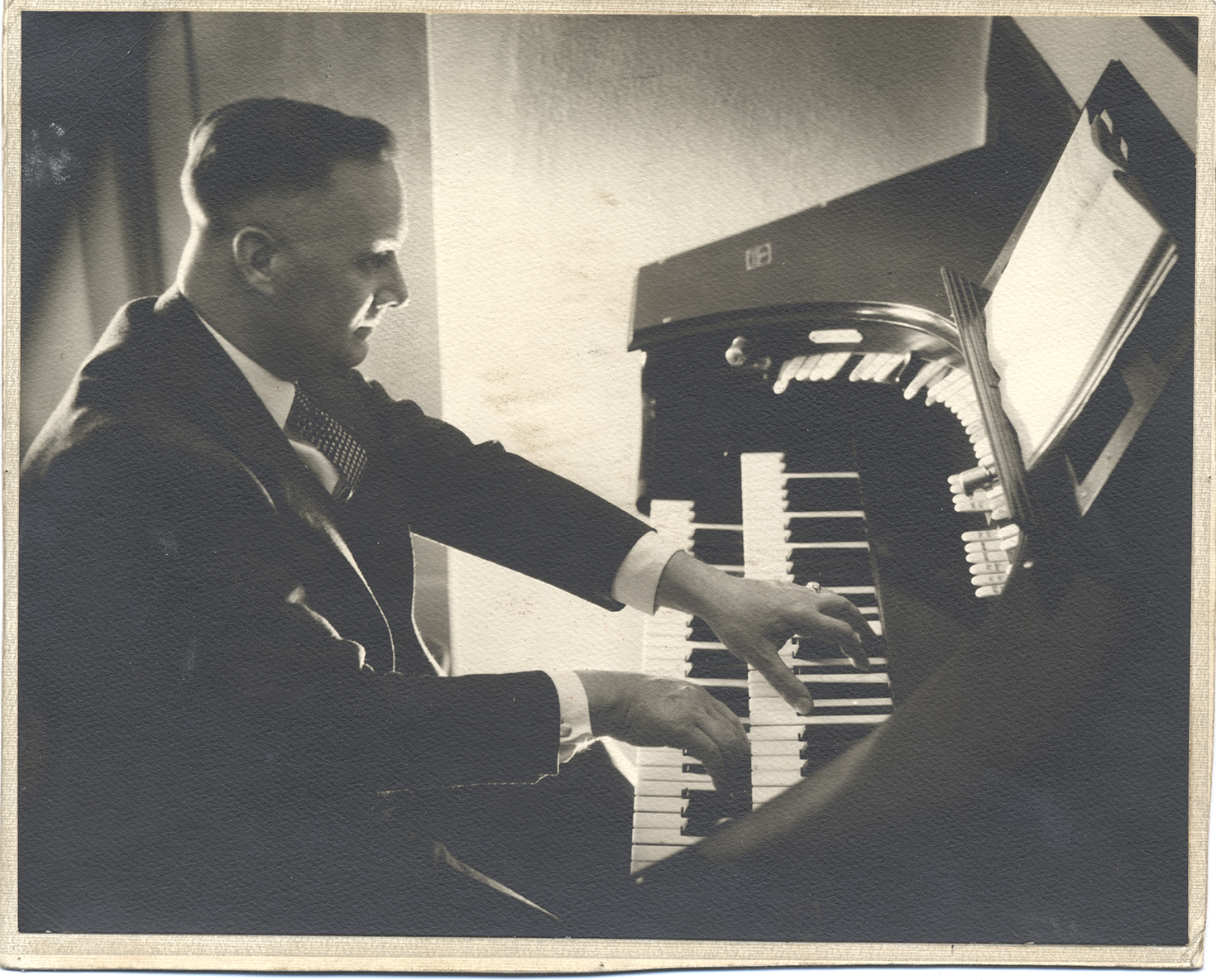About cb-oralhistory
cb-oralhistory is a mix of CollectionBuilder-CSV and Oral History as Data (OHD). It’s meant to serve as a starter repository for those wanting to build oral history collections with CollectionBuilder.
The current demo site features a small mix of transcripts. Item pages are generated by a CSV metadata file that includes the display_template “transcript” as a field.
About Oral History as Data
Oral History as Data (OHD) provides a static web framework for users to publish and analyze coded oral history and qualitative interviews on the web.
Oral History as Data was first built in 2018, coming out of work at the University of Idaho Library’s Center for Digital Inquiry and Learning (CD?L). The framework served as the foundation for several digital humanities projects, including Voices of Gay Rodeo, Idaho Queered, and CTRL+Shift.
The look for OHD is different than CollectionBuilder. Check out the a demo site to see the differences.
There is some documentation for OHD that might be helpful in this context. More fully developed documentation for this project is being developed, but there are several places linked here to get you started.
About CollectionBuilder-CSV
CollectionBuilder-CSV is a robust and flexible “stand alone” template for creating digital collection and exhibit websites using Jekyll and a metadata CSV. Driven by your collection metadata, the template generates engaging visualizations to browse and explore your objects. The resulting static site can be hosted on any basic web server (or built automatically using GitHub Actions).
Visit the CollectionBuilder Docs for step-by-step details for getting started and building collections!
About the About Page
We want to make engaging interpretive pages easier to create, so CollectionBuilder gives you tools to write with your collection content!
The template comes with a customizable “About” page layout designed for long form content with rich media embeds. Content is written in Markdown and enhanced using “includes” that pull in collection content, external media, and Bootstrap features like cards and modals. We hope this makes it easier for site builders to develop the collection AND add interesting and engaging contextual information.
Each “include” file has several options, which are documented in the files themselves–copy the examples to see how it works with your content! In the demo below, we’ve given display widths of 25% and 50% to save space, but you can feature the entire image or document.
You can also see a page featuring a bonanza of feature includes options on our CollectionBuilder-GH demo site.
Include Collection Items
The template provides includes to pull your collection objects and metadata into your interpretive page, allowing you to write with your materials directly embedded in the content.
Include an Image
- Image –>
{% include feature/image.html objectid="demo_001" width="75" %}
Include a PDF
- PDF – >
{% include feature/pdf.html objectid="demo_002" width="50" %}
Include a Video
- Video:
{% include feature/video.html objectid="demo_004" %}
Include an Audio File
- Audio:
{% include feature/audio.html objectid="demo_003" %}
Include Bootstrap Features
The template also provides includes to make it easier to add Bootstrap components to your Markdown writing. These features allow you to better organize and highlight your content.
Include a Card
- Card – >
{% include feature/card.html header="This is a Card" text="The card features an image from the collection as a cap" objectid="demo004" width="25" centered=true %}

This is a Card
The card features an image from the collection as a cap
Include a Button
- Buttons – >
{% include feature/button.html text="Button Link to Somewhere" link="https://collectionbuilder.github.io/" color="success" %}
Include an Alert
- Alerts – >
{% include feature/alert.html text="this is an *alert* that 'warns' a user" color="warning" align="center" %}
This is an alert that ‘warns’ a user with centrally aligned text.
Include a Modal
- Modals – >
{% include feature/modal.html button="This is a modal using a 'primary' colored button to invite clicking" title="when clicked:" text="A Modal will pop out a box with some more information" color="primary" %}
Technical Credits - CollectionBuilder
This digital collection is built with CollectionBuilder, an open source framework for creating digital collection and exhibit websites that is developed by faculty librarians at the University of Idaho Library following the Lib-Static methodology.
Using the CollectionBuilder-CSV template and the static website generator Jekyll, this project creates an engaging interface to explore driven by metadata.